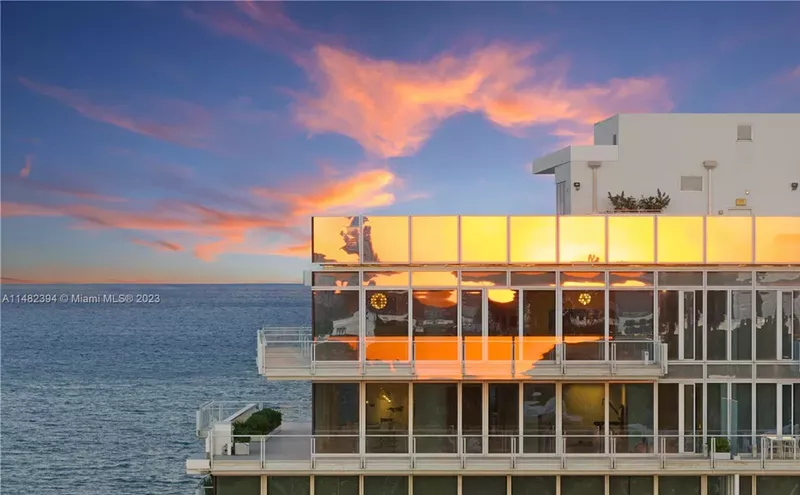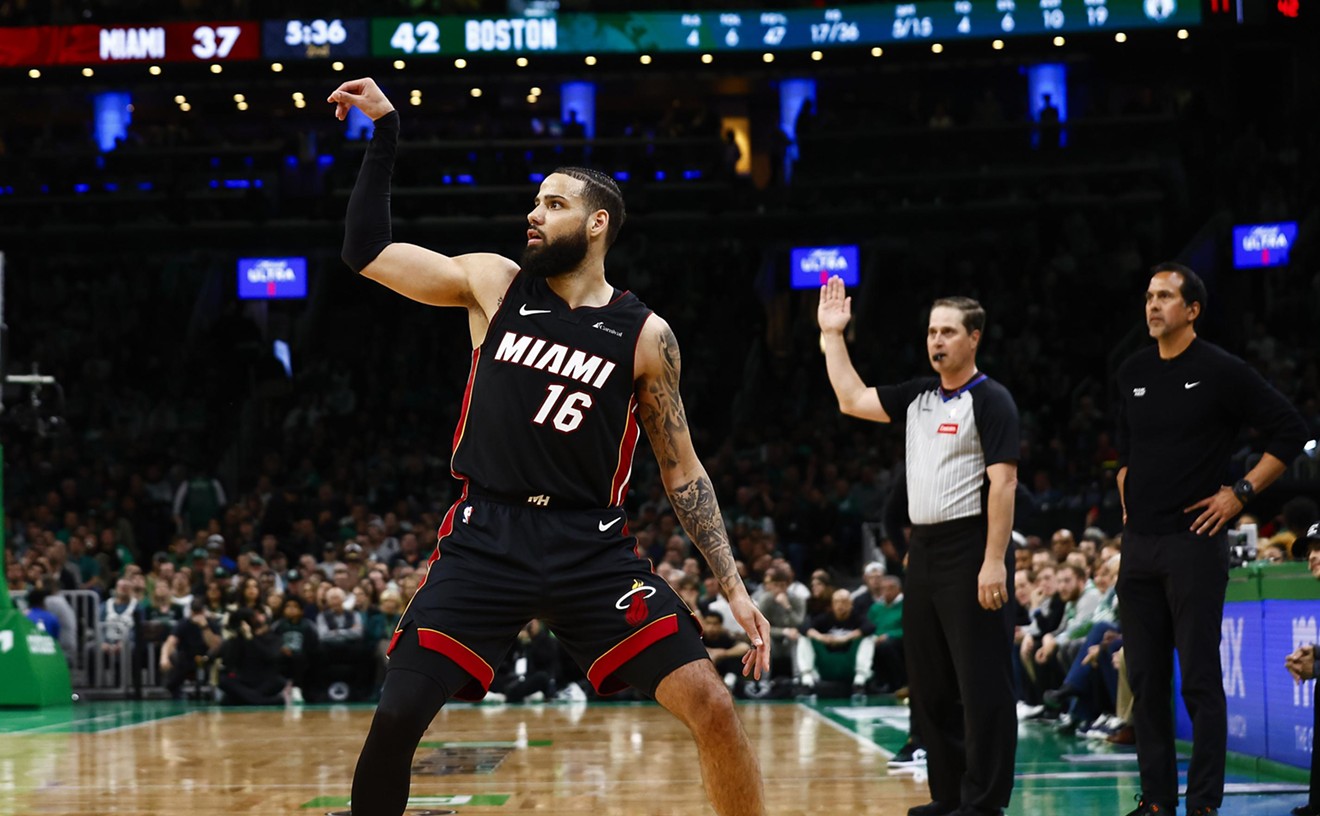This is a state, in other words, with a whole lot of people who need to move around — especially in and around hyper-congested South Florida and family vacation mecca Orlando. As any Floridian knows, public transportation options are subpar, and driving, especially around lunatic-heavy South Florida, really, really sucks. (As if any more proof than your morning blood pressure was needed, earlier this week we reported that three of the country's most congested intersections are, in fact, located in Miami.)
There is hope, maybe. A new privately-run passenger train line, Brightline, developed by Florida East Coast Industries, is in the works to link downtown Miami and Orlando, with a couple stops in between. But since the project was first proposed in 2012, residents have been befuddled by rumors and questions about the project.
So before you get into a Thanksgiving table argument over whether the train
What is it?
A train. Duh.
Actually not one train, but many: Initially, a Brightline spokesperson told New Times, there will be five trains, composed of four cars, that will carry 240 passengers. By June 2018, the system will expand to include ten seven-car trains, which will carry 356 passengers.
The project, which also includes the building of four stations, amounts to "one of the most advanced passenger rail systems in the United States," Brightline promises. The trains will feature ergonomic seating, power outlets, bike and luggage storage, free Wi-Fi, and smartphone ticketing; the larger trains, the spokesperson said, "will also include a café/retail car for your dining and shopping pleasure."
It's a "one of a kind project," the spokesperson
When is it happening?
Construction on the trains, which are being built by Siemens in Sacramento, California, is already underway. The company has also been working on improving existing rail infrastructure between Miami and West Palm Beach, and laying
Passenger service for part of the route, between Miami and West Palm Beach, is expected to begin in "mid-2017." The full route, between Miami and Orlando, is expected to open in late 2017.
Where will it stop?
Miami Central, Miami's new station, is going up in Overtown, at Northwest First Avenue between Third and Eighth Streets. (The station, by the way, will connect with Tri-Rail, Metromover, and Metrorail. And it will also be way more than just a train station: The 11-acre,
Brightline will stop in downtown Fort Lauderdale, at Northwest Second Avenue between Broward Boulevard and Fourth Street, and then in West Palm Beach and finally the Orlando International Airport.
How much will tickets cost?
Nobody knows. Or if they do, they're not saying. One study commissioned by the rail company estimated a one-way Miami to Orlando coach ticket could cost $93; another, commissioned by the group Citizens Against Rail Expansion, found that the company would have to charge at least $273 to cover its huge debts.
The Brightline spokesperson told New Times, "Our tickets will be priced comparable to driving your car and less than flying. We will provide specific ticket prices closer to the launch of our service."
So there it is.
Will it be high-speed?
Nope.
The trains will reach a top speed of 125 miles per hour — 25 mph slower than the 150 that's needed in order to qualify as high-speed. (The trains are considered "higher speed.")
The company promises the trains will still be faster than driving, though: Under half an hour from Miami to Fort Lauderdale, under an hour from Miami to West Palm Beach, and about three hours from Miami to Orlando.
The departures will also be "frequent," "on-time," and "convenient." So that's good.
Why
"We selected an identity that is a reflection of the important attributes that our product is built upon — it’s intuitive, inviting, optimistic and evocative," the spokesperson said.
The trains will also look like this, in multiple colors:
How will it affect Florida?
Lots of economic
The company is also promising a significant environmental benefit, based in part on ridership studies like one that calculated more than 110 million trips a year between the four cities, the Treasure Coast newspaper TC Palm reported.
But ridership for new train lines is notoriously difficult to predict — especially without established ticket prices — and some have questioned
Brightline's rosy estimates. "There is no foundation for [Brightline's] ridership conclusion," Bill Ward, chairman of the opposition group Citizens Against Rail Expansion in Florida, told that newspaper. "Other than they say it is so.”
Are my tax dollars being used?
It's a privately-funded and operated project, so no.
But as in any massive project, the company has negotiated creative financing, in this case, billions of dollars of tax-exempt bonds, which are effectively taxpayer subsidized. So, kinda?
Is it controversial?
Of course.
Critics say the project won't produce nearly the benefit the company promises. Residents are concerned not enough jobs will be produced, and that those that are — especially low-wage work like construction — won't go to local residents. Overtown, in particular, is getting ripped up for a project that some argue won't actually benefit its citizens.
In Fort Lauderdale, there have been concerns from boaters that the frequent trains will wreak havoc on a crucial drawbridge, creating backups for passing boats. Martin County, on the Treasure Coast, has also decided to file federal suits to stop the project, out of concerns about public safety, environmental impact, and quality of life. Tens of thousands have signed petitions to stop the project, and a grassroots organization, Florida Not All Aboard, has been created to "stop big Choo Choo in his tracks."
Brightline, for its part, promises to transform transportation in Florida while proving all the critics wrong. This should be interesting.











